
Podcast: Play in new window | Download (Duration: 23:24 — 21.5MB)
Subscribe: Google Podcasts | Spotify | Android | RSS | More
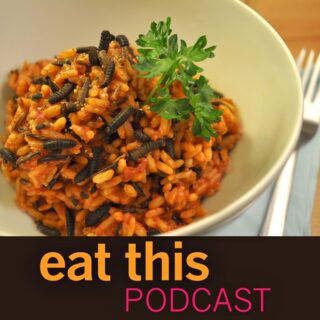 If only we could get over our squeamishness, insects can save the planet, banish hunger, protect the rainforests and reduce the climate catastrophe. At least, that’s what article after article tell us as they sing the praises of feeding our food waste to insects like the larvae of the black soldier fly. Insects can grow 5000-fold in 12 days, producing prodigious quantities of protein in less than 100th the space of soya beans.
If only we could get over our squeamishness, insects can save the planet, banish hunger, protect the rainforests and reduce the climate catastrophe. At least, that’s what article after article tell us as they sing the praises of feeding our food waste to insects like the larvae of the black soldier fly. Insects can grow 5000-fold in 12 days, producing prodigious quantities of protein in less than 100th the space of soya beans.
There’s just one fly in the ointment, so to speak. Most of the food that insects are fed isn’t waste at all, and after absorbing large amounts of investor cash, some of the biggest companies have gone bust. Dustin Crummett, executive director of the Insect Institute, shared his many reasons for saying that eating insects will not save the planet.
Notes
- Dustin Crummett is executive director of The Insect Institute. His paper: Is turning food waste into insect feed an uphill climb? A review of persistent challenges.
- If not food or feed, how about “valuable raw materials for various industries”?
- Here’s the transcript. You can thank the donors, and become one yourself.
- Cover photograph from designer Katharina Unger’s Farm 432 concept, “a fly-breeding device for home use that continually collects fly larva as a protein source for less squeamish diners”
- Banner photo by Muhammad Mahdi Karim from Wikimedia shows black soldier flies making more black soldier flies.




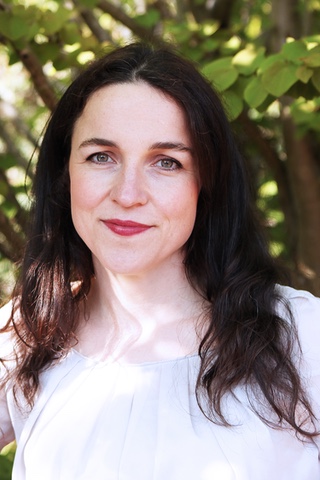

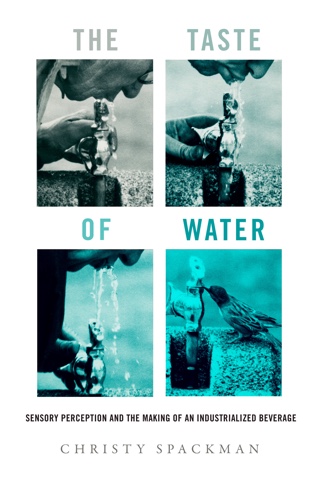 Water is tricky stuff. It can be limpid and clear but dangerous, home to harmful bacteria and parasites. It can be murky, but perfectly safe to drink. It may smell of chlorine, which puts people off, but perversely that is a sign that no bacteria are present.
Water is tricky stuff. It can be limpid and clear but dangerous, home to harmful bacteria and parasites. It can be murky, but perfectly safe to drink. It may smell of chlorine, which puts people off, but perversely that is a sign that no bacteria are present.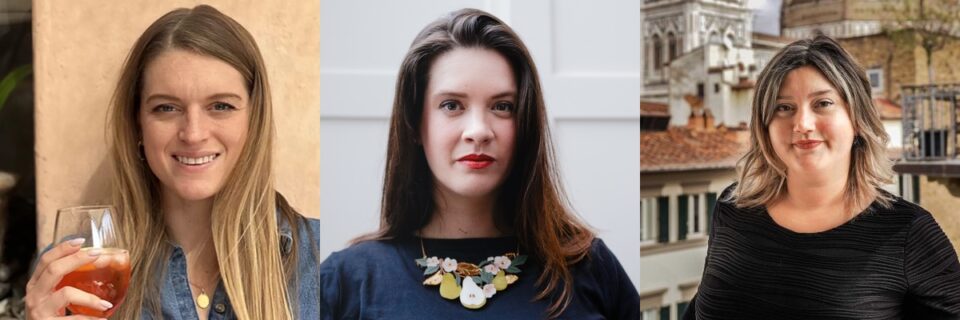
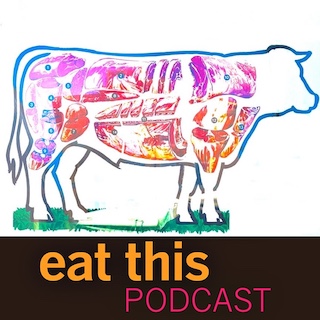 Cheap supermarket meat has been making life difficult for independent butchers for quite some time now. England has lost 60 per cent of its butcher shops in the past few decades, Australia 80 per cent. I couldn’t find figures for the United States. Against that background, there has been an uptick of interest from young people wanting to learn the skills needed to deconstruct an animal carcass. What surprised me – and of course it shouldn’t have – is that women are learning butchery. I chatted with three of them.
Cheap supermarket meat has been making life difficult for independent butchers for quite some time now. England has lost 60 per cent of its butcher shops in the past few decades, Australia 80 per cent. I couldn’t find figures for the United States. Against that background, there has been an uptick of interest from young people wanting to learn the skills needed to deconstruct an animal carcass. What surprised me – and of course it shouldn’t have – is that women are learning butchery. I chatted with three of them.